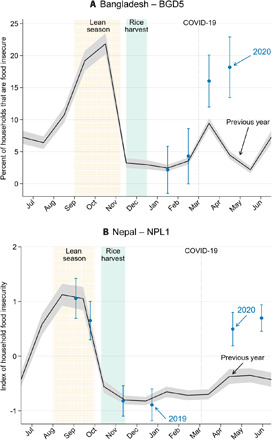Fig. 2. Food insecurity in Bangladesh and Nepal.

Food insecurity in Bangladesh and Nepal with 95% confidence intervals. (A) Monthly rates of food insecurity among landless agricultural households in northern Bangladesh from sample BGD5. Food insecurity is defined as missing a meal or reducing portions for at least 15 days in a month. Note that this is a more stringent criterion than that reported in Table 2; in this figure, we restrict to cases of frequently missed meals. The 2020 rates come from an April phone survey, and “Previous year” reflects retrospective survey data spanning January 2018 through May 2019 collected in two survey rounds in February and June 2019. (B) Data from agricultural households in western Terai, Nepal, from sample NPL1. The index of food insecurity is constructed using two questions on how often households had to worry about not having enough food or had to reduce portion sizes. The data points in late 2019 and early 2020 come from six rounds of contemporaneous phone survey, and “Previous year” reflects respondents’ recollection about a prior “typical year” reported during the April–May 2020 phone survey round.
